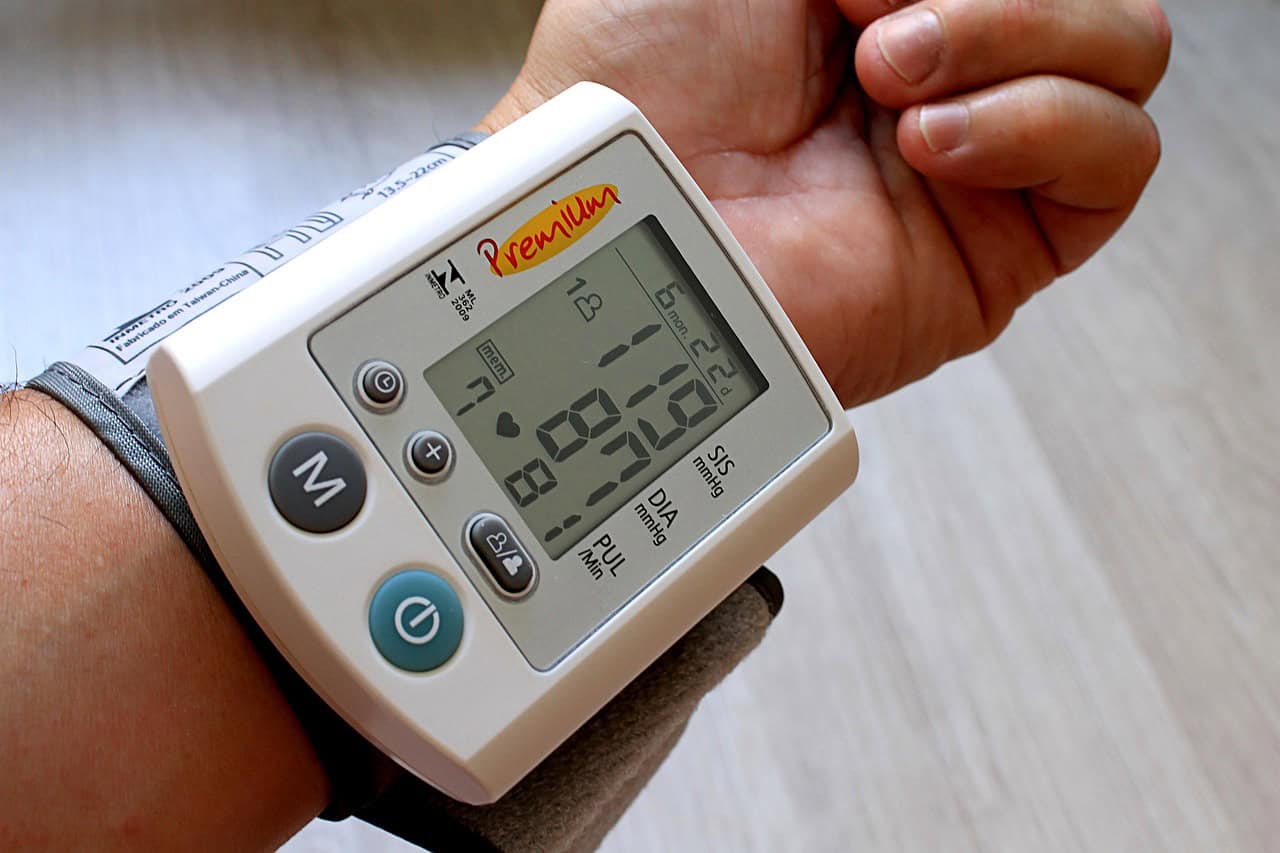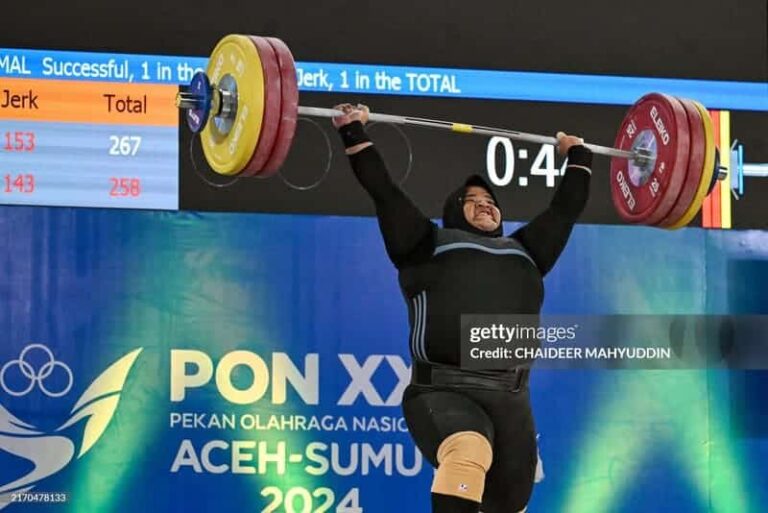What’s New in the 2025 Blood Pressure Guidelines? AHA Says Lifestyle Is Key
If you’re like me, when you think about blood pressure guidelines, you picture another dry medical update that’ll put you to sleep faster than counting sheep. But hold up! The American Heart Association just dropped their 2025 guidelines, and they’re actually pretty exciting (yes, I just said “exciting”—bear with me).
After eight long years, we finally have fresh recommendations that could change how millions of Americans approach their heart health. And here’s the kicker: lifestyle changes are taking center stage like never before.
Why These New Guidelines Actually Matter
The last major update was way back in 2017, which in medical years is practically ancient history. Since then, researchers have been busy little bees, gathering mountains of data about what actually works for managing hypertension. The result? Guidelines that are smarter, more personalized, and surprisingly focused on what you can do at home rather than just popping pills.
Think about it—nearly half of American adults deal with high blood pressure. That’s roughly 116 million people walking around with a silent threat to their hearts, brains, and kidneys. These new guidelines aren’t just academic exercises; they’re potentially life-saving roadmaps.
The Big Shift: Lifestyle First, Pills Second
Here’s where things get interesting. The 2025 guidelines are basically saying, “Hey, before we start throwing medications at this problem, let’s see what some good old-fashioned lifestyle changes can do.” It’s like your grandmother’s advice finally got the scientific stamp of approval.
For people with stage 1 hypertension (that’s 130-139 over 80-89 mmHg), doctors are now encouraged to give lifestyle modifications a real shot for three to six months before reaching for the prescription pad. This isn’t just feel-good advice—it’s based on solid evidence showing that lifestyle changes can be remarkably effective.
What “Lifestyle Changes” Actually Means
The DASH Diet Gets Another Victory Lap
The DASH (Dietary Approaches to Stop Hypertension) eating pattern continues to be the golden child of blood pressure management. We’re talking about loading up on fruits, vegetables, whole grains, and lean proteins while cutting back on the processed junk. Research shows this approach can drop your systolic by 5-8 mmHg—that’s nothing to sneeze at.
Salt: The Usual Suspect Gets Stricter Rules
The sodium recommendations got a bit tougher. While the general guideline remains under 2,300 mg per day, the ideal target is now pushing toward 1,500 mg daily. To put that in perspective, one teaspoon of salt contains about 2,300 mg of sodium. Most Americans consume nearly double that amount daily, often without realizing it.
Alcohol: The Party’s Over
Here’s where things get a bit sobering (pun intended). The new guidelines suggest that the best amount of alcohol is zero. This is a significant shift from previous recommendations that allowed moderate drinking. The evidence has become pretty clear: alcohol and healthy blood pressure don’t mix well.
Exercise: More Than Just Cardio
The exercise recommendations got more sophisticated. Sure, traditional aerobic exercise (90-150 minutes per week at 65-75% heart rate reserve) is still important. But here’s the surprise—isometric exercises like planks and wall sits might actually be the most effective for lowering blood pressure, potentially reducing it by 8-10 mmHg.
The Mind-Body Connection Gets Official Recognition
Perhaps the coolest addition to the 2025 guidelines is the formal recognition of stress management techniques. Meditation, breathing exercises, and yoga aren’t just hippie recommendations anymore—they’re evidence-based interventions that can lower your blood pressure by 5-7 mmHg.
The guidelines specifically mention transcendental meditation and device-guided breathing exercises (where you slow your breathing to less than 10 breaths per minute for 15 minutes daily). It’s like the medical establishment finally admitted that your stress levels and your blood pressure are best friends—unfortunately, not the good kind.
New Blood Pressure Categories During Pregnancy
The guidelines introduced specific categories for pregnant individuals, acknowledging that pregnancy changes everything when it comes to cardiovascular health. This isn’t just medical housekeeping—it could prevent serious complications for both mothers and babies.
The Technology Revolution
Home monitoring isn’t just encouraged anymore—it’s becoming essential. The guidelines emphasize that those readings you take in your pajamas at home are often more accurate than the ones taken in the doctor’s office (where “white coat syndrome” can artificially spike your numbers).
The push toward team-based care also means your blood pressure management might involve pharmacists, nurses, community health workers, and even telehealth interventions. It’s like having a whole squad dedicated to keeping your numbers in check.
What This Means for Your Daily Life
If you’re dealing with elevated blood pressure or hypertension, these guidelines suggest you have more power than you might think. Before diving into medication (though don’t avoid it if needed), you might be able to make significant improvements through:
- Embracing a Mediterranean or DASH-style eating pattern
- Finding ways to reduce sodium in your diet
- Incorporating regular physical activity, including some resistance training
- Learning stress management techniques that actually work
- Monitoring at home
- Working with a healthcare team rather than going it alone
The Bottom Line
The 2025 blood pressure guidelines represent a mature understanding of hypertension management. They acknowledge that while medications are incredibly important and life-saving for many people, lifestyle modifications aren’t just “nice to have” additions—they’re powerful interventions in their own right.
The focus on lifestyle doesn’t mean the medical community is going soft on blood pressure treatment. The target remains less than 130/80 mmHg for most adults, and the guidelines are clear about when medications are necessary. But they’re also saying that the path to better control doesn’t always have to start in a pharmacy.
Whether you’re someone who’s been managing hypertension for years or just got your first concerning reading, these guidelines offer hope that you have more control over your cardiovascular health than you might have thought. And honestly, in a world where so much feels out of our control, that’s pretty empowering news.







